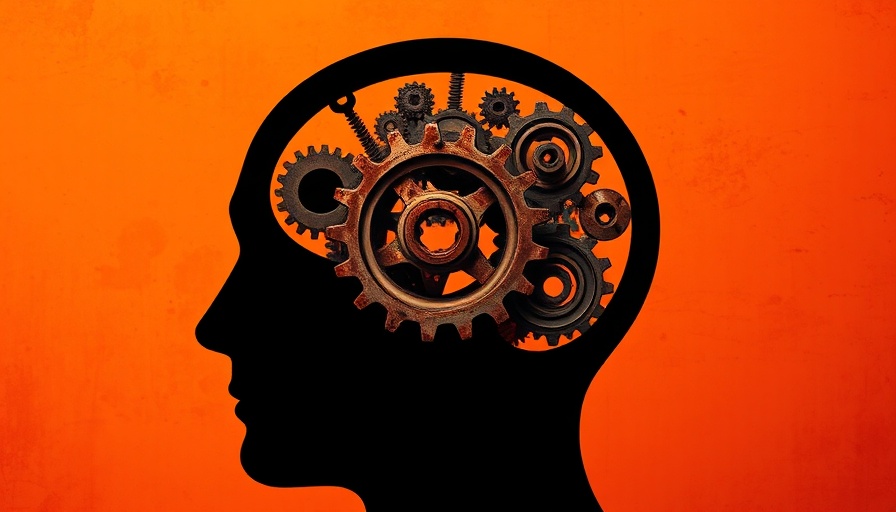
A New Era for AI: Claude’s Innovative Thought Process
In the rapidly evolving world of artificial intelligence, Anthropic has struck upon a breakthrough method to enhance its AI assistant, Claude. This new 'think tool' allows Claude to take notes while solving problems, significantly improving its ability to tackle complex tasks. The introduction of this tool shifts the paradigm of how AI engages with tasks, promoting a more structured problem-solving approach.
Understanding Claude's 'Think Tool'
The core feature of the 'think tool' allows Claude to record its thoughts as it works through problems. This functionality can be called using a simple command, enabling Claude to process information in real-time rather than relying solely on pre-programmed responses. This method fields a notable improvement in multi-step task performance, particularly in scenarios that demand a nuanced understanding of context and instruction.
How Effective is the Think Tool?
Testing has revealed that Claude's 'think tool' results in a striking 54% improvement in scenarios like airline customer service interactions. Anthropic’s research shows that when the tool is paired with optimized prompt structures, Claude not only becomes more efficient but also adheres better to complex instructions. This advantage could change the trajectory for AI systems in customer service and other agent-based applications, which often struggle to deliver consistent reliability and accuracy.
Building a Better Claude: The Importance of Training
Crucially, the benefits of the 'think tool' extend beyond its functionality; they hinge on how effectively Claude is trained to use it. Anthropic provides specific prompts to guide Claude in utilizing this tool, such as listing rules or double-checking conclusions. This targeted training empowers Claude to analyze tool outputs and make informed, stepwise decisions, buffering it against the risks associated with processing errors.
Comparing Claude's Capabilities
This innovation stands in contrast to previous features such as Extended Thinking, which positioned Claude to reason before crafting responses. The 'think tool', however, plays a role during the problem-solving process itself. This evolution indicates a broader trend in AI development towards more autonomous and adaptively thinking machines.
The Bigger Picture: Implications for AI Development
The introduction of the 'think tool' for Claude is more than mere feature enhancement; it signals a shift in how we interpret and implement artificial intelligence in problem-solving contexts. As we continue to witness strides in AI capabilities, understanding their implications becomes crucial. This might prompt businesses to reevaluate how they integrate AI services, shifting towards agents that are increasingly capable of handling complex inquiries effectively.
What Lies Ahead for AI and Claude?
With ongoing improvements to the Claude platform and the versatility of the 'think tool,' we can expect future developments to include deeper reasoning capabilities and further integration with other AI systems. These enhancements not only enhance the user experience but can also redefine expectations for what AI can accomplish in various sectors, from customer service to technical support.
Conclusion: Engage with the Future of AI
While Anthropic's advancements in AI promise remarkable changes in how we interact with technology, it's essential for industry professionals and tech enthusiasts alike to stay informed about these developments. The evolution of AI tools like Claude can spur widespread changes in workforce dynamics and operational efficiency, heralding a new age for both AI and its users. By engaging with and understanding these technologies, individuals and businesses can better prepare for a future where AI is integral to daily operations.
 Add Row
Add Row  Add
Add 




 Add Row
Add Row  Add
Add 

Write A Comment